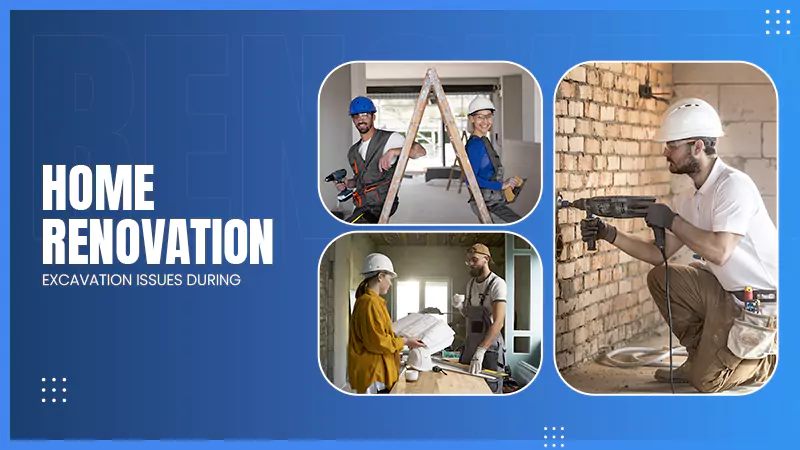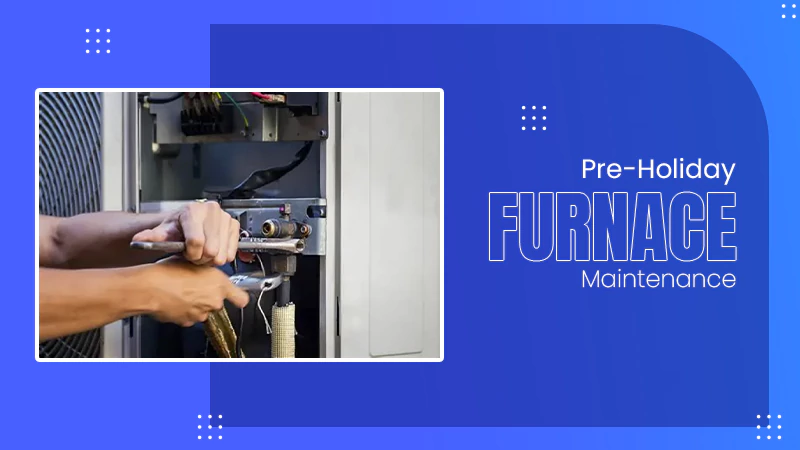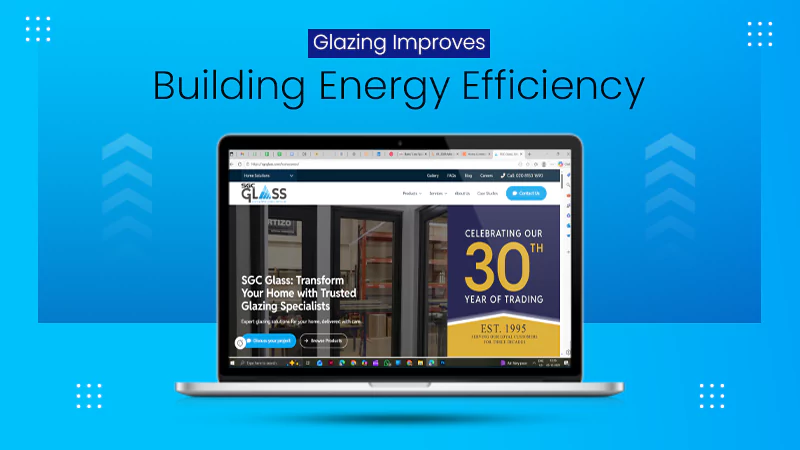Home renovation projects often bring excitement, anticipation, and a long list of decisions. One of the more overlooked tools in a successful renovation is the polishing machine. Whether working on a kitchen floor, hallway concrete, or restoring an old patio, the right polishing machine can determine how smooth, clean, and professional the surface looks. Yet, with so many machines in the market, ranging from lightweight handheld tools to industrial grinders, it’s easy to feel overwhelmed. Knowing what to look for, what matches your specific task, and how to balance price with performance can help you make a confident decision.
Understand the Scope of Your Project and Match It to Your Needs
Before browsing models or comparing features, think about your needs. Not every job demands an industrial-grade solution, but if your home renovation involves grinding large concrete areas or removing thick coatings, you might want something heavy-duty. If your priority is surface preparation or restoration, Lavina concrete grinders stand out as a practical option, particularly when your project covers a wide area and demands a high-quality, consistent finish. Whether you’re resurfacing a garage floor or preparing a slab for a new epoxy layer, machines like these deliver efficiency without sacrificing precision. On the other hand, if you’re focused on smaller touch-ups, handheld or edge grinders might be a better fit. Matching the scale of your task to the machine avoids overspending and underperformance.
Know the Surface Type You’re Working With
Each surface behaves differently under polishing machines. Concrete can be rugged and uneven, requiring more aggressive grinding, while marble and granite demand a gentler, high-gloss finish. Wood, especially soft varieties like pine, can burn or gouge easily if you use the wrong pad or speed setting. Different surfaces also react uniquely to polishing compounds, grit levels, and machine weight. If you’re dealing with porous stone or older concrete, a wet polishing system might prevent airborne dust and extend tool life. For dense surfaces, a dry system with vacuum integration may offer cleaner results. Assess what material you’re working on before deciding on a machine.
Compare Power, Speed, and Size; They All Influence Results
The motor’s power, disc speed (measured in RPM), and size of the working head can greatly influence the outcome. A more powerful motor handles tougher materials and longer sessions without overheating. Faster RPMs smooth surfaces quicker, but may create swirl marks if used improperly. Larger heads cover more ground and reduce job time, though they’re harder to maneuver in tight corners. Smaller heads, by contrast, are ideal for stairs, edges, and cramped spots. Think about maneuverability versus coverage: a larger machine may finish a basement faster, but it won’t fit behind the water heater or under stairs. Balancing these elements ensures you get performance without compromising control.
Evaluate Dust Management and Noise Levels
Renovation dust lingers. It settles on furniture, floats into adjacent rooms, and clogs HVAC filters. Polishing machines equipped with built-in vacuum ports or compatible dust shrouds reduce cleanup time and improve air quality. Some machines come with HEPA filter compatibility, which helps in homes where allergies are a concern. Noise is another factor. Larger machines can be loud enough to require ear protection, and the sound can travel through walls and floors. Quieter units, or those with sound-dampening features, are worth exploring if you live in a townhouse, apartment, or share walls with neighbors. Always review the machine’s decibel rating before committing.
Factor in Weight and Transport Ease
The weight of a polishing machine affects more than just grinding force; it also changes how easy it is to move and store. Heavy machines apply more downward pressure, which improves grinding and polishing quality. Yet moving them upstairs, through doorways, or across delicate floors can be a challenge. Some units come with detachable parts, lifting handles, or integrated wheels to improve portability. If your project spans multiple rooms, levels, or outdoor and indoor areas, portability becomes more critical. Consider your strength, available storage space, and whether you’ll need help lifting or moving the equipment.
Check Long-Term Maintenance and Support Availability
No machine stays flawless forever. Replacement pads, belts, filters, and brushes wear out over time. Before buying, check how easily you can source parts and whether the manufacturer or retailer offers customer support. A polishing machine that needs overseas shipping for a simple belt replacement becomes a frustration rather than a tool. Some models have tool-free part replacements and come with maintenance alerts to remind you when service is due. If you’re planning to use the machine for multiple projects or over several years, choosing a model with a dependable support system will save time and cost down the road. Reviews from other users can also offer insight into reliability and maintenance ease.
Selecting a polishing machine for home renovation isn’t just about picking a name brand or the most expensive model. The right polishing machine transforms a good renovation into a professional-looking one, helping you achieve results that last beyond the project’s final sweep.






